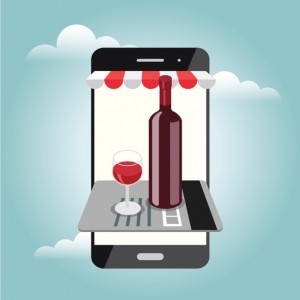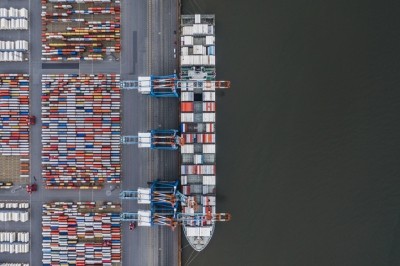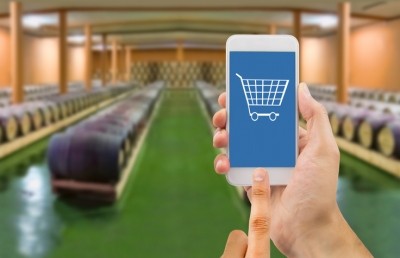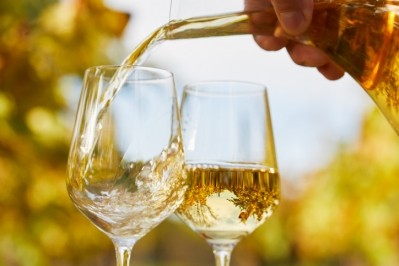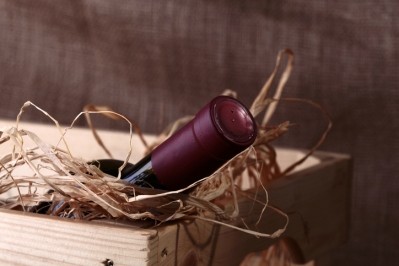The future of wine post-COVID: Five trends to watch

Many discussions about the wine business start with the classic wine industry joke: “If you want to make a small fortune in wine, start with a big one”.
It predominately speaks to the many profit margin challenges that winemakers face, from offer led retail pressures, to climate change, to consumer buying behaviours and trends that are constantly evolving.
It also captures the issues that face the wider wine industry. Pre-covid, UK wine sales were in a 5-year decline, younger people are drinking less than previous generations, and wine has faced stiff competition recently from the surge in popularity of gin and craft beer.
However, on the flipside, this winemaker’s joke also speaks to the unique passion and love that many people possess for wine. Few categories can experience this level of emotional attachment to a product, and it’s that passion that breeds optimism for the future of wine in the UK.
Covid has changed almost every part of our lives. And wine habits are absolutely part of this change. As a nation, lockdowns and working from home increased our wine drinking, with significant increased volumes through the off-trade making up for the loss of on-trade business. We’re also spending more per bottle than before COVID.
But the question is, will this positive trend continue? And what happens next, with on-trade opening up further, and life starting to move back to normal? Will the nation revert back to their old wine habits? Or are new adopted habits here to stay?
We’ve explored 5 trends that have impacted the UK wine industry recently, that could influence the wine category moving forward.
A permanent ecommerce shift
Buying wine online was on the rise before COVID, but like many other industries, ecommerce wine sales saw a huge boost last year.
At one stage, Virgin Wines stopped taking orders due to over demand. And Naked Wines saw an 80% jump in sales in the first 2 months of lockdown last year, with sales by new customers in 2020 more than tripling.
As new online wine buyers may have discovered, it’s not just about the convenience of having wine delivered straight to your door.
The ability to allow consumers to compare, review, and discover in their own environment, makes wine particularly well suited to ecommerce.
Wine buying now heavily over indexes online (wine has a 14% value share of the total drinks market in the UK, vs. a 40% share online).
Given the huge rise of first-time ecommerce wine buyers, the levels of digital innovation that brands have invested in, and also the amount of new consumer data acquired, it’s a trend that is sure to continue.
More wine variety, for more occasions
As a general trend during lockdown, with no going out, people spent more time preparing meals, enjoying a drink in the evening, and discovering new wines to drink at home, at different occasions.
Prosecco was already a big growth story in the UK, but sparkling wine overall has spearheaded this diversification of wine’s consumption occasions. Sparkling has become less of a celebration now, and more of a ‘aperitivo hour’. Rosé off-trade sales have also benefited from this trend, as have other lighter style wines.
By being home constantly rather than drinking or eating out, more people have learned that having a variety of wine styles available to them at home gives them flexibility and choice for different occasions. This doesn’t feel like something that will be easily forgotten.
New formats
The changes in shopping and drinking patterns during the pandemic have led to a shift towards larger packaging formats in many food and drink categories. And in wine, bag-in-a-box and also small packaging formats, such as cans, have seen serious growth.
Canned wine in particular has been moving towards broader consumer acceptance for some time, and this trend has been accelerated by the pandemic.
Demand for bag-in-box and stocking up for ‘emergencies’ may well recede when bars, pubs and socialising are fully back in the swing of things, but the growth of cans and individual servings will likely remain. The format has been a vehicle for recruitment into wine, bringing younger consumers into the category.
Low and no
The ‘low & no’ alcohol boom shows no sign of slowing down. It’s the biggest growth area within beer, with non-alcoholic beer sales up 58% last summer (Mintel), and similarly in spirits, non-alcoholic sales have grown by 170% since 2017 (IWSR). IWSR is predicting that sales of ‘no & low’ alcoholic drinks will increase by a further 31% in volume by 2024.
Wine is well behind the curve in this space, with huge challenges around consumer acceptance of non-alcoholic wine, and issues with production and flavour. For these reasons ‘no & low’ wines currently make up a tiny fraction of wine sales in UK.
However, ongoing investment in dealcoholisation innovation is sure to produce results, and as beer and spirits have shown, if a quality product can be cracked, the growth opportunities are there.
Buying Local
We couldn’t complete a UK wine trends review without mentioning English wines. Having grown slowly and steadily over the years with a niche following, the desire to buy local products, the new Brexit environment, climate change, and the increase in staycations and rural tourism are all trends that play to the strengths of English wine’s future.
There are now 502 commercial vineyards in the UK, with 80 producers launching in the last year alone. Currently, 5.5m bottles are produced annually, which is predicted to reach 40m by 2040.
Price has always been an issue with our local wines, given the economies of scale and labour cost challenges. But, in a new Brexit world, with an overall consumer trend for ‘quality over quantity’, greater environmental awareness of the impact of local v. imported goods, an increased willingness of retailers to stock local wines, and the unrivalled passion that we know people have for the category, who knows, English wines could have a promising future.
About the author: Jamie Williams is Managing Partner at independent creative agency isobel. After starting his career in New York, he has worked in the London advertising industry for approaching 18 years. Jamie is a member of the British Guild of Beer Writers, exploring the beer category through a marketing lens. He also writes on social issues and branding for a range of titles, including the Independent, City AM and a variety of marketing and advertising trade publications.
Pictures: getty/petrenkod; getty/evgenliashekhuklina
